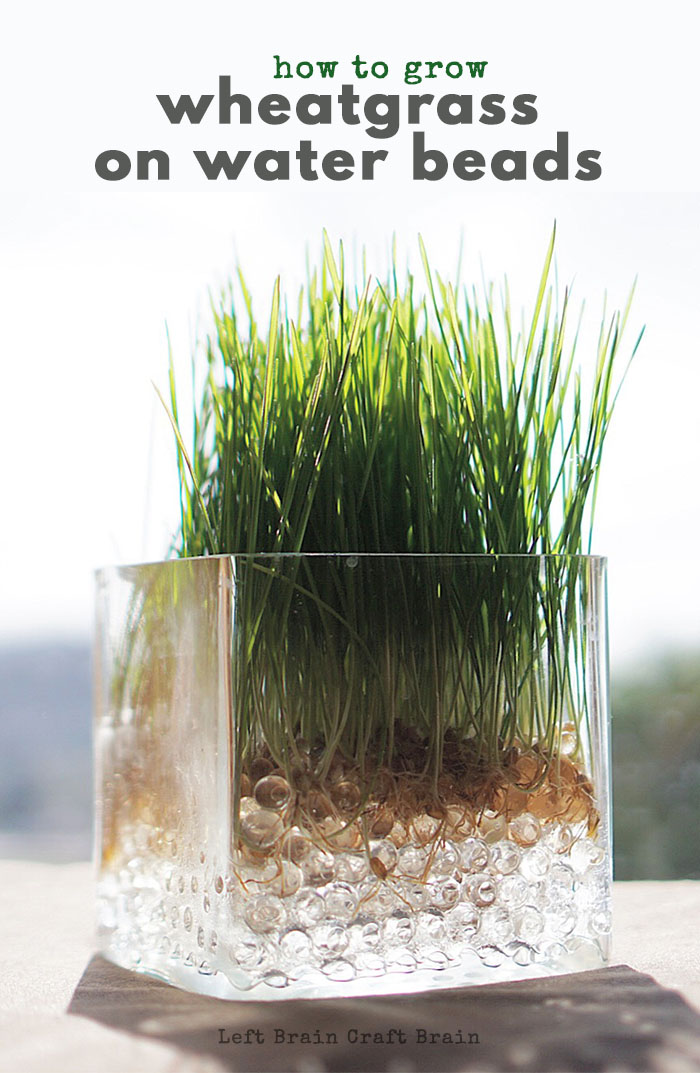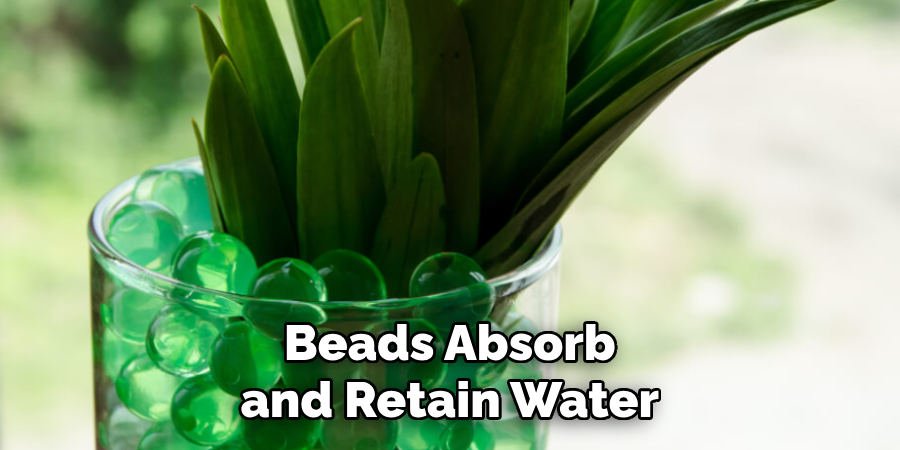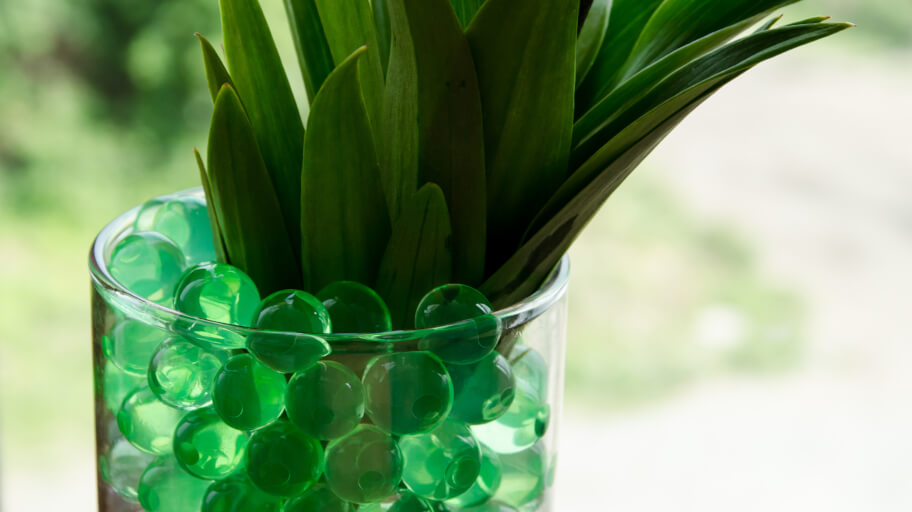To use water beads for plants, soak them in water for a few hours and then place them in the soil near the roots of the plants. Water beads can help retain moisture and provide hydration to the plants over time.
Water beads, also known as hydrogel crystals, have become increasingly popular among gardeners as a water-saving and soil-improving solution. These tiny beads, when soaked in water, expand and transform into gel-like spheres that can hold and release water slowly over time.
This unique characteristic makes them a valuable tool for plant care, especially in dry or arid climates, and for those who struggle with maintaining proper hydration for their plants. By following a simple set of instructions, you can effectively utilize water beads to enhance the health and growth of your plants, ensuring that they receive adequate moisture and nutrients to thrive. We will explore the step-by-step process of using water beads for plants and the benefits they offer in cultivating a vibrant and lush garden.

Credit: leftbraincraftbrain.com
Water Beads: What Are They And How Do They Work?
Water beads have gained popularity for their efficient water absorption and retention properties for plants. These small, gel-like beads are super absorbent and can hold up to 100 times their weight in water. When placed in water, they swell and become soft and squishy, creating a water source for plants.
The beads slowly release this water as the plants need it, ensuring a constant supply of moisture. This can be particularly beneficial for plants that require consistent watering, such as indoor potted plants or garden plants during hot and dry seasons.
Additionally, water beads also help prevent overwatering by providing a regulated water supply. As they gradually release water, they ensure that plants aren’t overwhelmed with excess moisture. With their increasing popularity, water beads have become a convenient and effective way to keep plants hydrated and healthy.
Step-By-Step Guide: How To Use Water Beads For Plants
Water beads can be a great addition to your plant care routine. Soaking the water beads before planting is key to their success. Choose plants that are compatible with water beads for optimal growth. Mix the water beads with potting soil to provide the right environment for your plants.
Once prepared, plant your water bead-infused pots or containers and arrange them as desired. Remember to water the plants regularly to maintain the water beads’ moisture. Taking care of water beads will ensure your plants stay healthy and thriving. Enjoy the benefits of using water beads for your plants, and watch them flourish in their unique environment.
Advantages And Benefits Of Using Water Beads
Water beads offer several advantages and benefits for plants. These tiny beads have the ability to enhance water retention, reducing the frequency of watering. In turn, this leads to improved plant growth and better root development. One of the great things about water beads is that they are an environmentally friendly alternative to traditional soil mediums.
They are also incredibly versatile and can be used decoratively in various plant arrangements. Their decorative appeal adds a touch of uniqueness to any indoor or outdoor space. So, if you’re looking for a way to conserve water, promote plant growth, and add aesthetic charm to your plants, water beads are an excellent choice.
Give them a try and see the difference they make!
Water Beads For Specific Plant Types
Water beads can be used for specific plant types, such as potted flowers and ornamental plants. They can also benefit succulents and cacti by providing hydration and preventing overwatering. Houseplants and tropical foliage can thrive with the help of water beads too.
Incorporating these colorful beads into your plant care routine can promote healthy growth and simplify watering tasks. Water beads absorb and retain water, gradually releasing it to the plants’ roots. They also add visual appeal to your plant displays. By using water beads, you can create a more efficient and aesthetically pleasing environment for your plants.
So why not give them a try and enjoy the benefits they offer?
Tips And Recommendations For Successful Water Bead Application
Water beads can be a great addition to your plant care routine. To ensure successful application, it is important to choose the right sizes and quantities of beads for different plants. Balancing these factors will help maintain the ideal level of moisture for your plants.
Additionally, it is crucial to monitor and adjust watering frequency based on the specific needs of each plant. This will prevent overwatering or underwatering, which can lead to plant stress or root rot. If you encounter any issues or concerns with water beads, troubleshooting is key.
By addressing common problems such as mold growth or bead shrinkage, you can ensure the health and vitality of your plants. With proper application and care, water beads can be a useful tool for enhancing plant growth and ensuring overall plant well-being.
Frequently Asked Questions On How To Use Water Beads For Plants

How Do Water Beads Work For Plants?
Water beads work by absorbing water and releasing it gradually to the plant’s roots. When placed in soil, the beads absorb and retain water, preventing overwatering and providing a steady source of moisture for the plant.
Are Water Beads Safe For Plants?
Yes, water beads are safe for plants. They are non-toxic and do not contain any harmful chemicals. However, it is important to use them in moderation and ensure that they do not block the plant’s roots from accessing air and nutrients.
How Long Do Water Beads Last For Plants?
Water beads can last for several weeks before they start to shrink and lose their water-holding capacity. However, the duration may vary depending on factors like the size of the beads, the amount of water they are exposed to, and the environmental conditions.
Do Water Beads Help To Conserve Water?
Yes, water beads can help to conserve water. By absorbing and slowly releasing water, they reduce the need for frequent watering. This not only saves water but also helps to maintain the optimal moisture level for plants, preventing both overwatering and underwatering.
Can Water Beads Be Reused For Plants?
Yes, water beads can be reused for plants. Once they have shrunk and lost their water-holding capacity, they can be rehydrated by soaking them in water. It is important to clean the beads thoroughly before reusing them to remove any dirt or debris that may have accumulated.
Conclusion
Water beads provide an innovative solution to keep plants hydrated for longer periods. By absorbing and releasing water slowly, they help regulate moisture levels in the soil, preventing both over and under watering. This can be particularly beneficial for plants that require consistent moisture, such as potted plants and seedlings.
Water beads are easy to use and can be applied to various gardening situations, both indoors and outdoors. They are an eco-friendly alternative to traditional watering methods, as they reduce water wastage and the need for frequent watering. Furthermore, water beads come in a range of sizes, colors, and shapes, making them a fun and decorative addition to any garden.
Whether you’re a seasoned gardener or a beginner, incorporating water beads into your plant care routine can enhance growth and ensure healthier, more vibrant plants.

